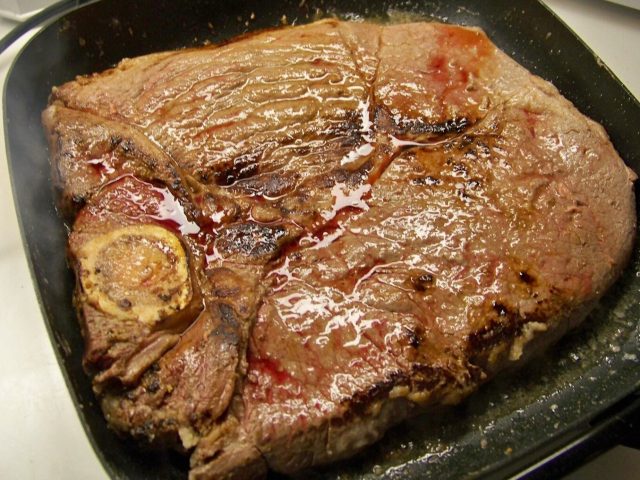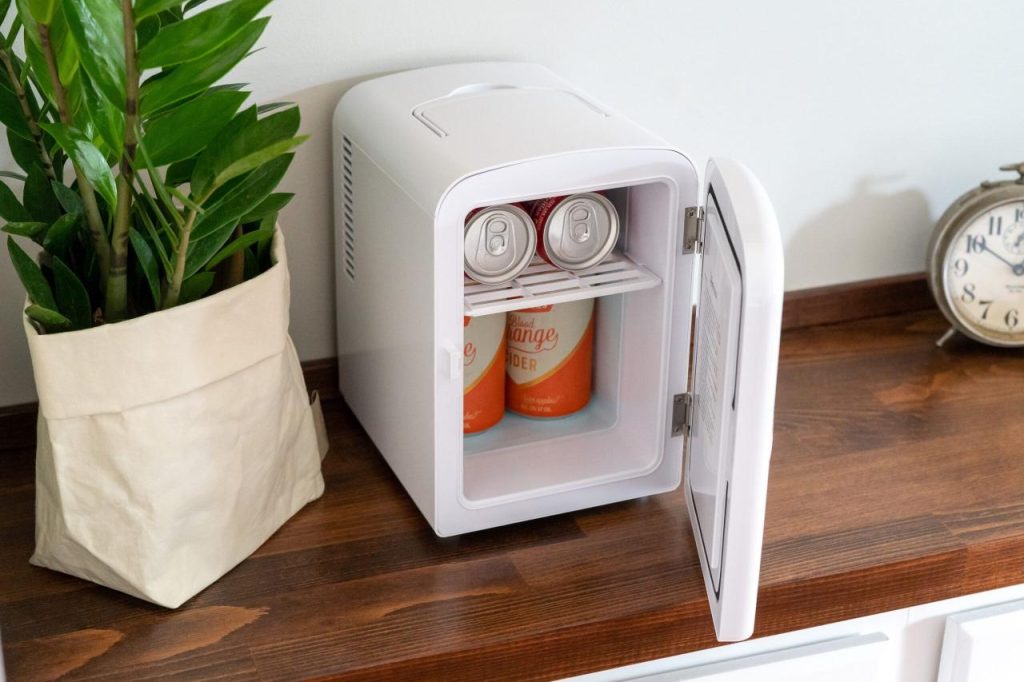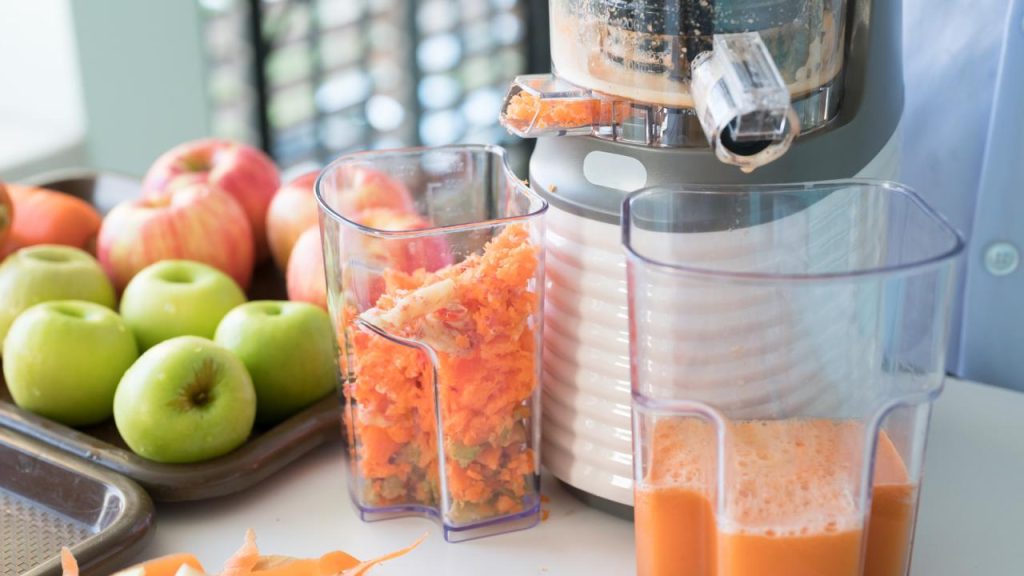Ceramic cookware has experienced a surge in popularity recently, thanks to its attractive appearance and perceived health advantages. Crafted from clay and solidified through heat, ceramic cookware is frequently coated with a glaze that prevents food from adhering to its surface, making it a favored option among numerous home cooks.
But, just how secure is ceramic cookware? For a more in-depth exploration of this topic, please consult the comprehensive Cook Eat Delicious article below, providing valuable insights and information.
How safe is ceramic cookware
Ceramic cookware is widely regarded as a safe option for cooking, primarily because of its inert composition. Unlike certain other cookware materials, ceramic lacks perfluorooctanoic acid (PFOA) or polytetrafluoroethylene (PTFE), common chemicals found in non-stick coatings that have been associated with various health concerns.
Nevertheless, it’s crucial to note that the safety of ceramic cookware may be compromised if its surface becomes chipped or cracked.

Factors Affecting Safe Use of Ceramic Cookware
Several factors can influence the safety of ceramic cookware.
Safety Considerations for Ceramic Cookware
Ceramic cookware is generally deemed safe, as it lacks harmful chemicals commonly found in alternative non-stick options. However, the safety of ceramic cookware may be compromised if the ceramic surface sustains damage, potentially releasing materials into the food.
The quality of the ceramic matters significantly, as high-quality ceramics undergo rigorous testing for safety. User practices, such as avoiding overheating and using gentle utensils, play a crucial role in maintaining safety.
Regularly inspecting ceramic cookware for any signs of damage is recommended to ensure safe usage. While ceramic cookware offers safety benefits, proper handling and maintenance are essential for maximizing both safety and longevity.

Absence of Harmful Chemicals in Ceramic Cookware
Ceramic cookware is generally considered safe for cooking due to its inert nature. In contrast to certain other cookware types, ceramic does not contain perfluorooctanoic acid (PFOA) or polytetrafluoroethylene (PTFE), chemicals often employed in non-stick coatings that have been associated with various health issues.
Risks Associated with Damaged Ceramic Surfaces
The text underscores the vulnerability of ceramic cookware safety when its surface is damaged. Key considerations include:
- Risk Mechanism: Safety is compromised when the ceramic surface is chipped or cracked, allowing underlying materials—potentially less inert than the ceramic—to leach into food.
- Nature of Underlying Materials: The passage suggests these materials may lack the inert qualities of the ceramic coating, prompting questions about their potential harm or reactivity.
- Implications for Food Safety: The concern is raised about the health implications of material leaching into food, warranting an exploration of specific risks and potential health effects.
- Importance of Surface Integrity: Emphasizes the proactive role in maintaining ceramic surface integrity for overall safety, urging users to adopt preventative measures.
- User Responsibility: Implicitly, users bear the responsibility for safe use, emphasizing the need for careful handling and regular inspections.
Damaged ceramic surfaces pose risks beyond aesthetics, necessitating an understanding of underlying materials, their potential harm, and user responsibility for proactive risk mitigation.
Ensuring the Safe Use of Ceramic Cookware
To enhance the safety of ceramic cookware, adhering to specific guidelines is essential. The initial step involves purchasing high-quality cookware from reputable manufacturers, as they often furnish detailed instructions on proper usage and maintenance.
Prevent overheating by cooking on medium or low heat settings, as extreme temperatures can harm the ceramic surface. Opt for wooden or silicone utensils instead of metal ones to avert scratching the ceramic coating.
Regularly examine your ceramic cookware for any indications of damage, such as chips or cracks. If any damage is detected, replacing the cookware is advisable to uphold its safety.
By conscientiously following these guidelines, you can enjoy the advantages of ceramic cookware while mitigating potential risks.
Ceramic cookware stands as a secure and health-conscious option for cooking when used and maintained appropriately. Its absence of harmful chemicals and user-friendly nature make it a favored choice among health-conscious consumers. However, akin to all cookware, handling it with care is crucial to ensure both longevity and safety. Always bear in mind that safe cooking is not only determined by the cookware used but also by how it is utilized.







